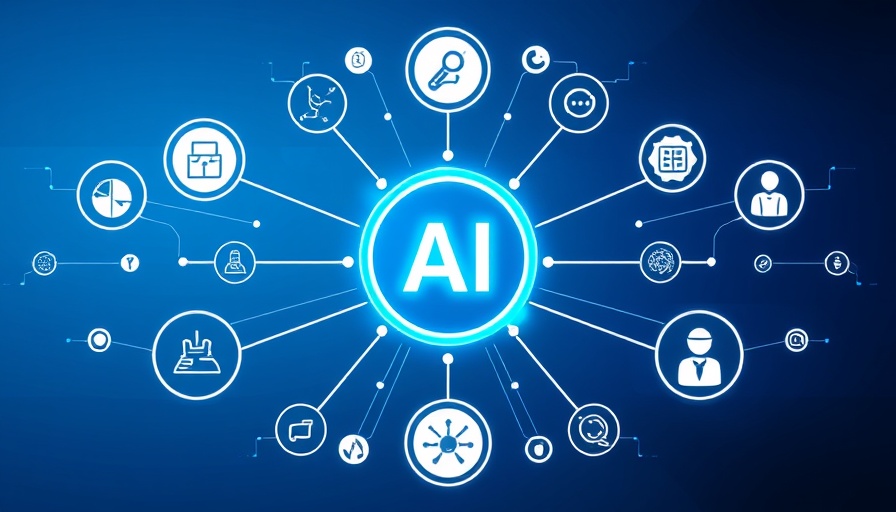
AI's Revolutionary Role in Recruitment
As we see an influx of innovations shaping various industries, recruitment is no exception. In today’s fast-paced hiring environment, talent acquisition managers, corporate recruiters, and staffing agency leaders face the formidable challenge of sorting through hundreds of applications while ensuring fair and efficient processes. Enter artificial intelligence (AI) — a powerhouse tool that is rapidly transforming the recruitment landscape.
Why AI Matters in Recruitment
AI in recruiting operates beyond mere resume filtering; it serves as a sophisticated hiring assistant designed to automate tedious tasks. This technology dramatically reduces the time spent on repetitive chores, enabling HR professionals to redirect their efforts toward more vital engagements, such as connecting with candidates and promoting client values.
Enhancing Candidate Experience with AI
With AI, personalized interactions are no longer exclusive to top-tier candidates. Advanced tools allow for tailored outreach, automated updates on the hiring process, and engaging experiences for all applicants. For example, AI-driven chatbots streamline communication, providing swift responses and simplifying interview scheduling, which helps candidates feel valued throughout the process.
Rapid Process Improvement and Optimization
A notable benefit of AI is its ability to accelerate the hiring timeline. Research indicates that AI can cut hiring time significantly by leveraging predictive analytics to identify candidates who are likely to excel in specific roles. These efficiencies enable recruiters to navigate the hiring landscape swiftly, ultimately optimizing the candidate experience and increasing agency placement rates, as noted by agencies like PAC Solutions, which doubled its placement rate after implementing AI technologies.
Key Takeaway: Embracing AI for Future Success
As AI tools reshape recruitment strategies, hiring professionals must embrace these technologies to cultivate talent pipelines and improve their overall recruiting methodologies. By allowing automation to handle routine tasks, organizations can shift focus toward building meaningful connections and enhancing the hiring process, paving the way for a more skilled workforce.
If you want to stay prepared for the evolving recruitment landscape, now is the time to consider the integration of AI into your hiring practices. It’s not just a trend — it’s a transformative move toward smarter hiring processes.
 Add Row
Add Row  Add
Add 




Write A Comment